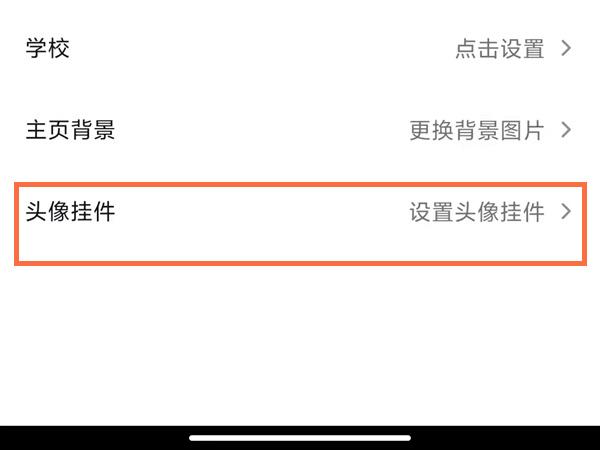过去分词作定语和状语区别(过去分词作状语用法归纳)
过去分词作状语用法归纳一、过去分词(短语)作状语时,其逻辑主语通常就是句子的主语过去分词(短语)作状语一般都用逗号同其它成分隔开,我来为大家讲解一下关于过去分词作定语和状语区别?跟着小编一起来看一看吧!

过去分词作定语和状语区别
过去分词作状语用法归纳
一、过去分词(短语)作状语时,其逻辑主语通常就是句子的主语。过去分词(短语)作状语一般都用逗号同其它成分隔开。
1. 作时间状语时,可转换为when或while等引导的从句,通常放在句首。如:
Seen from the top of the hill (= When it is seen from the top of the hill), the school looks like a big garden.
2. 作条件状语时,可转换为once, if或unless等引导的从句,一般放在句首。如:
Given more attention (= If it was given more attention), the fire could have been avoided.
3. 作原因状语时,可转换为because, as或since等引导的从句,多放在句首。如:
Encouraged (= As she was encouraged) by the teacher, the girl was very happy.
4. 作让步状语时,可转换为though, although 或even if引导的从句,常放在句首。如:
Left (= Although she was left) alone at home, Jenny didn’t feel afraid at all.
5. 作方式或伴随状语时,常可转换为并列分句,可位于句首或句末。如:
Surrounded by his students, the teacher went into the lab. (= The teacher was surrounded by his students and he went into the lab.)
6. 过去分词(短语)作状语时,有时为了强调,前面可带连词when, while, if, though, as if, unless等。如:
When given a physical examination, you should keep calm.
二、现在分词与过去分词作状语的区别
,免责声明:本文仅代表文章作者的个人观点,与本站无关。其原创性、真实性以及文中陈述文字和内容未经本站证实,对本文以及其中全部或者部分内容文字的真实性、完整性和原创性本站不作任何保证或承诺,请读者仅作参考,并自行核实相关内容。文章投诉邮箱:anhduc.ph@yahoo.com






